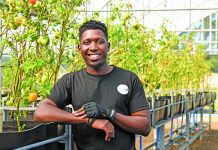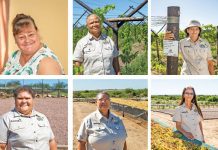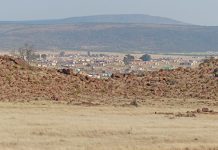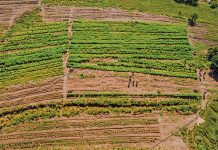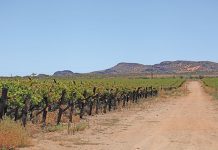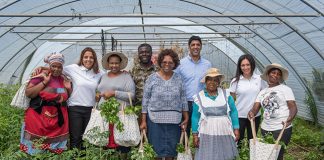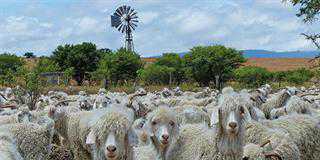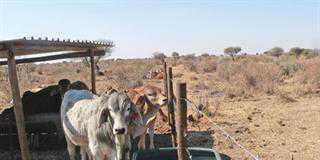What do you do when your country doesn’t produce enough food to feed itself? One possible solution is to introduce an entirely new way to grow crops – and then demonstrate the idea to your farmers and encourage them to adopt the bold new idea.
This is exactly what’s happening in Lesotho. The landlocked, desperately poor and frequently drought-stricken country has long struggled with food security. Faced with this situation, King Letsie III has introduced a remarkable agriculture “sufficiency model” developed by another monarch – Thailand’s King Bhumibol Adulyadej.
The model focuses on careful land and water management and seeks to help rural people produce enough food for their own requirements, with a surplus to sell. It does this by dividing each farmer’s piece of land into four sections to provide a balanced farming approach that ensures both productivity and sustainability.
How it started
King Letsie III, who holds an agricultural economics degree from the University of London, first encountered the concept of “sufficiency economics” during a visit to Thailand. Here, he was shown smallholder projects initiated by the Thai monarch and expressed great admiration for these.
As a result, he was asked if he wished to accept Thailand’s help in introducing the model in Lesotho, and accepted the offer “with delight”. Five years ago, a sufficiency economy trial was introduced at Koete Royal Farm in Matsieng.
The Thailand International Development Co-operation Agency provided finance and technical assistance. The objective is to establish a demonstration site for sustainable, environmentally friendly agricultural practices that are easily applicable to Lesotho’s lowland farmers.
A living classroom
Project manager Taelo Sakoane explains that the sufficiency model divides the land into four in a 30:30:30:10 ratio, with the specific farming activity varying from farm to farm. For example, the sections might comprise livestock, horticulture, citrus and fodder crops. What is most important is the principle of diversification.
Significantly, the system involves organic farming and uses manure made from leaves and chicken waste. This is not only environmentally friendly, but eliminates the cost of expensive chemical fertilisers.
The Matsieng project currently consists of a 4,2ha demonstration farm with a gravity-fed irrigation system, a fruit orchard growing peaches, apricots, nectarines, apples, pears and cherries, tree plantations, and small-scale fish production.
The land is divided into irrigated and non-irrigated sections for vegetable, fruit, grain and fodder production, as well as agro-forestry (pine and aspen trees). A pavilion serves as a classroom where farmers and extension officers learn about soil management, agro-forestry principles, how to prepare liquid fertilisers, the use of legumes to improve soil fertility, and much more.
The project’s managers recently had the opportunity to show off the project to Princess Maha Chakri Sirindhorn, daughter of King Bhumibol, who visited Matsieng to check on its progress. King Letsie III confirmed that in five years the concept had indeed achieved positive results.
“We now have some farmers practicing the sufficiency farming approach who grow green vegetables all year round,” he said.
“We are hopeful that one day the sufficiency model will cover the whole country with a view to increasing our food security.”
Source: www.sufficiencyeconomy.org.
For more details, contact [email protected], or Tjonane Matla on +26 62 832 5863.
Caption:
The integrated farming project at Koete Royal Farm, Matsieng.
COURTESY OF THE SILO NEWSPAPER


